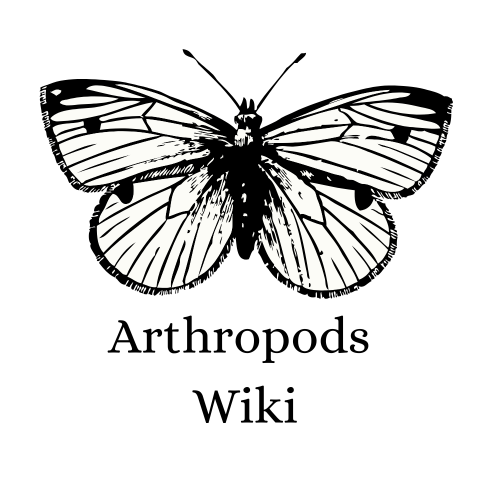Insects tend to live in a natural habitat if the habitat compromises of abundant food souces (Such as other smaller soft-bodied insects or plants or decaying manure)
Host Plants[]
Humans aren't the only ones that need to construct a home. The weaver ant lives in heavily forested areas of sub-Saharan Africa in the trees. It constructs complicated structures out of leaves and a natural 'glue'. Weaver ants scour the trees for suitable leaves, attempting to bend the leaf over itself. When one leaf starts to bend, other ants join in, grabbing the original ant to help pull the leaf back into a pocket-like shape, but nest building isn't just for adults. The adult ants use the silk produced by the larvae as glue to seal the leaves shut. The silk produced by larvae isn't used to spin cocoons, but rather to create this structure that affords them protection from predators.
Self-made Habitat[]
Other insects use a different kind of material to build their homes. Honeybees build elaborate hives from wax organized into neat hexagons for optimal honey storage. The bees collect nectar from flowers, storing it in their honey stomach. When the stomach is full, they return to the hive. The nectar is evaporated to the thicker form we know, honey. The honey is then stored in the hexagon cells. But, how do they make this complex hexagon habitat in the first place? Well, worker bees develop special glands that allow them to convert honey to wax. The wax oozes through pores onto their abdomen and other bees collect and chew it, making it into a pliable substance they use to build their hive habitat. Hives can be built in tree branches, hollows inside trees, or rock crevices. Wasps and hornets also make nests, but they are made of a paper-like substance that is created from chewing wood. They do not consume nectar to make honey and wax as honeybees do.
Underground[]
Other insects prefer to spend their time underground. Termites create massive mounds above and below the ground, with extensive tunnel systems connecting their home. Their mounds can reach up to 17 feet high and weigh up to 10 tons. Scientists have studied these amazing habitats, baffled by how such a small animal, less than the size of a paperclip, could move such an impressive amount of soil. Although they might be small, termites live in colonies of a million members, each pulling their own weight to construct the mound. Scientists have pumped abandoned termite mounds with plaster to see how extensive the tunnels are. The findings were amazing, with large tunnels connecting the top of the mound deep into the ground, around six feet below the surface.
Underwater Homes[]
Although we usually think of bugs in the trees, air, or crawling on land, some enjoy a life on the water. The caddisfly is a species of winged insect that lives mostly in slow moving, freshwater habitats around the world. A few species live on land or in saltwater, but most prefer inland freshwater.
